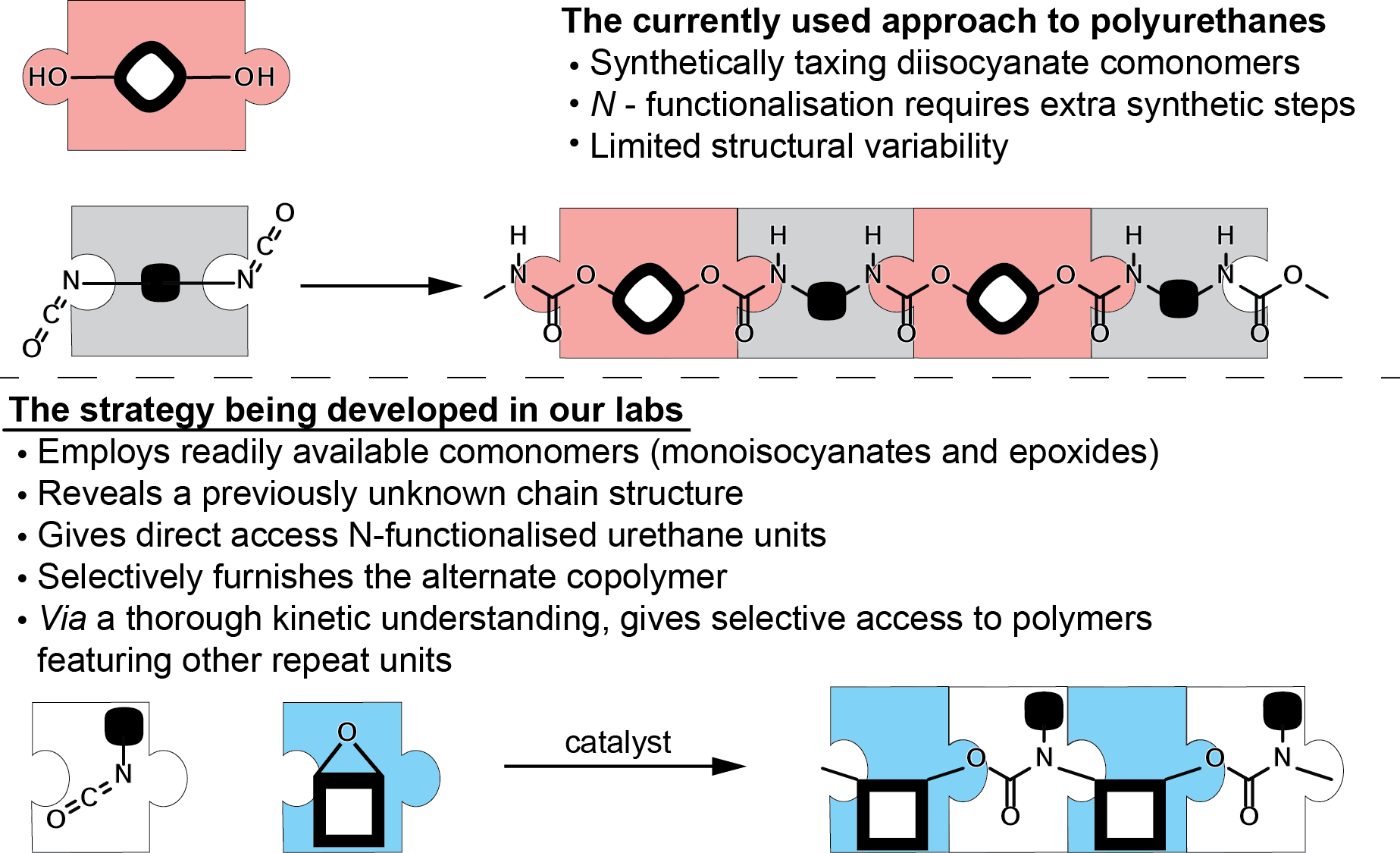Chemistry Seminar: Visiting researcher Dr Louis Adriaenssens
- Date: Fri, 15 Feb 2019, 12:00 pm - 1:00 pm
- Location: MacBeth Lecture Theatre - Badger building
- Cost: FREE
- Contact: Dr Christopher Newton 8313 5308
- Email: christopher.newton@adelaide.edu.au

Presenter
Dr Louis Adriaenssens - University of Lincoln
Louis Adriaenssens started his higher education at Foothill College (USA) from where he transferred to UC Davis (USA) and obtained his BS degree in chemistry in 2004. He then moved the University of Glasgow (Scotland) where he received his PhD in 2007 working under the guidance of Prof Richard Hartley.
A long postdoctoral career followed that saw him spend two years in Prague with Dr Filip Teply (Czech Republic) a year in Dijon with Profs Le Gendre and Denat (France) and 3 years in Tarragona with Prof Pablo Ballester (Spain).
After a short spell at a start-up company in London, Louis took up his current post as Lecturer in the School of Chemistry at the University of Lincoln.
Owing to the wide variety of chemistry undertaken during his career, Louis’ research interests are broad, however, he is primarily interested in supramolecular chemistry and catalytic polymerisation.
Abstract
Efforts towards advanced materials - polyurethanes and supramolecular wires

Polyurethanes (PUs) are big business. Their worldwide market tops 50 billion USD annually. They appear in paints, the soles of our shoes, car seats and even in tyres. Despite their huge market, current strategies in PU fabrication rely primarily on one approach. Two reactive monomers are combined; one comprising two nucleophilic groups (red puzzle piece) and the other two electrophilic groups (grey puzzle piece).
Unfortunately, the requirement of this strategy for specialised monomers that must feature two reactive groups limits the potential of current PUs.
In our labs, we aim to provide access to more varied PUs with a vision towards making advanced and functional PU-based materials. To achieve this, we have developed catalytic strategies towards PUs that employ ambiphilic comonomers. These are monomers such as epoxides (blue puzzle piece) and isocyanates (white puzzle piece) that can function as both a nucleophile and an electrophile.
The ready availability of these amphiphilic comonomers allows fast access to a wide variety of polymeric materials. This talk will tell the story of one catalyst we identified to be highly efficient for PU production. In particular, focus will be given to the understanding-based approach to optimisation of copolymerisation and how that understanding has allowed us to push the chemistry and access synthetically very challenging relatives of PUs.
